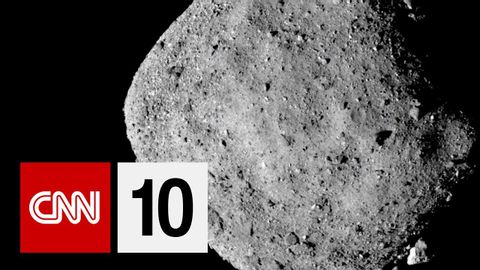流星対流星 (Meteors Vs. Meteorites)
林宜悉 が 2021 年 02 月 25 日 に投稿  この条件に一致する単語はありません
この条件に一致する単語はありませんUS /ˈætməˌsfɪr/
・
UK /'ætməsfɪə(r)/
- v.t.(道路を)舗装する : 新しい表面につくりかえる
- v.i.浮上する;浮上する;表面に浮上する
- adj.表面の
- n. (c./u.)表面 : 面 : 水面;うわべ : 見かけ : 外観;表面
US /ˈæstəˌrɔɪd/
・
UK /ˈæstərɔɪd/
- v.t.粉をまぶす;ほこりを払う
- n. (u.)ほこり
エネルギーを使用
すべての単語を解除
発音・解説・フィルター機能を解除
